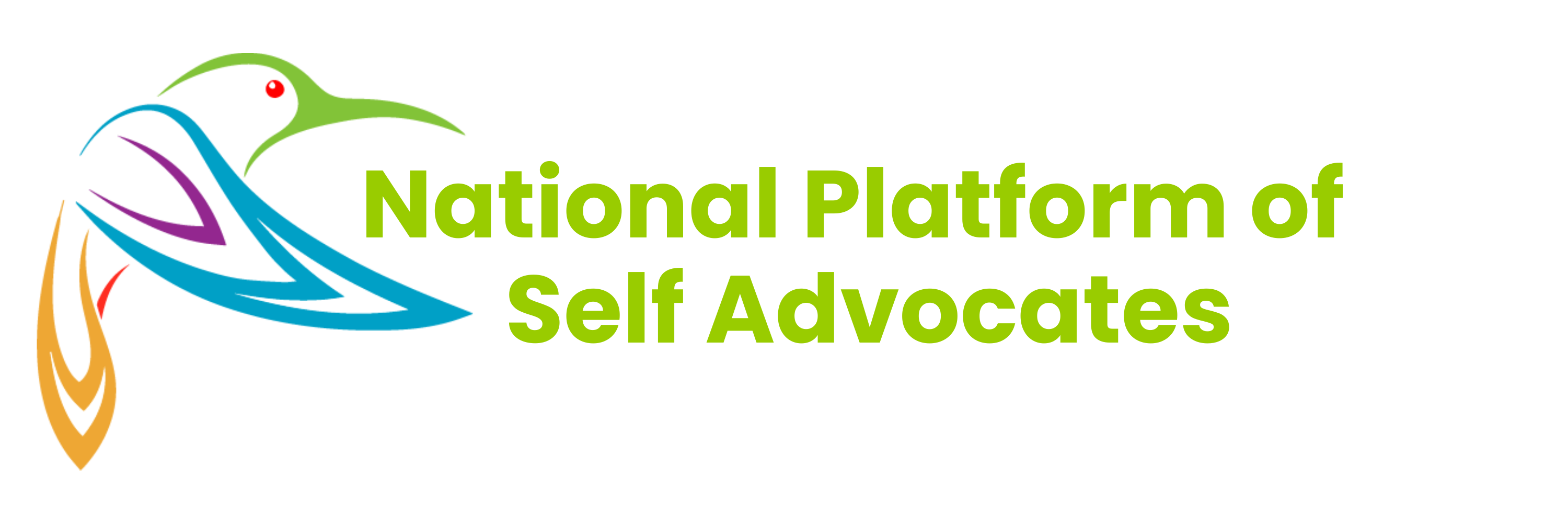In today’s digital landscape, where inclusivity and diversity are increasingly valued, the lived experience of disability holds profound significance. Here are compelling reasons why incorporating these narratives is not just beneficial but essential:
Authentic Representation: Nothing resonates more powerfully than real-life experiences. By incorporating the lived experiences of individuals with disabilities, content creators can provide authentic representations that reflect the challenges, triumphs, and nuances of living with various disabilities. This authenticity fosters empathy, understanding, and respect among audiences.
Dismantling Stigma: Despite progress, stigma surrounding disabilities persists in society. By sharing personal stories and perspectives, individuals with disabilities can challenge misconceptions and break down barriers. When people engage with these narratives, they confront their biases, leading to greater acceptance and inclusivity.
Empowerment and Visibility: Amplifying the voices of individuals with disabilities empowers them to reclaim their narratives and assert their identities. Through storytelling, they become visible in a world that often overlooks or marginalizes them. This visibility not only fosters a sense of belonging but also inspires others within the disability community.
Informing Design and Accessibility: Inclusive design begins with understanding the diverse needs and experiences of users. By listening to the lived experiences of individuals with disabilities, designers and developers gain invaluable insights into creating more accessible products, services, and environments. This user-centered approach ensures that solutions are not only functional but also genuinely cater to the needs of everyone.
Driving Policy and Advocacy: Lived experiences serve as powerful tools for driving policy change and advocating for the rights of individuals with disabilities. By sharing their stories, individuals can shed light on systemic issues, advocate for necessary reforms, and influence decision-makers at various levels. These narratives humanize policy discussions and compel action toward a more equitable society.
Building Empathy and Solidarity: Engaging with the lived experiences of disability cultivates empathy and solidarity among diverse audiences. By listening to and learning from these stories, people gain a deeper understanding of the unique challenges faced by individuals with disabilities. This empathy fosters a culture of mutual support, allyship, and collective action toward a more inclusive world.
In conclusion, the lived experience of disability is not just a narrative—it’s a catalyst for social change, inclusion, and empowerment. By embracing and amplifying these voices, we not only enrich our content and communities but also pave the way for a more equitable and accessible future for all.
The Lived Experience of Disability
